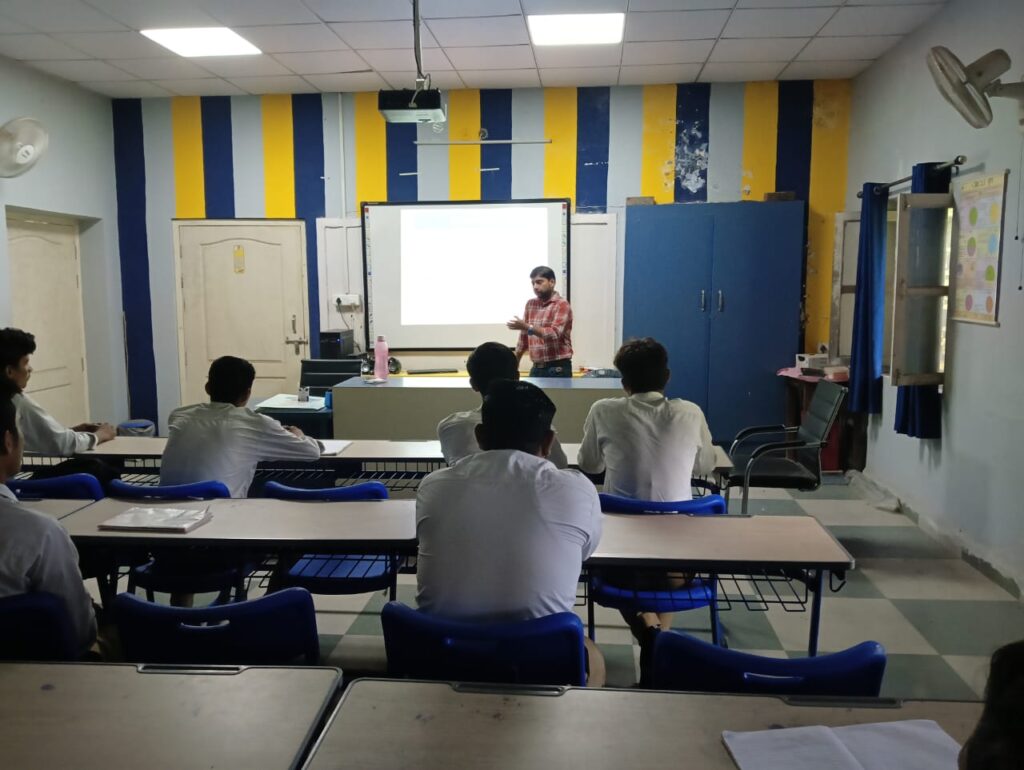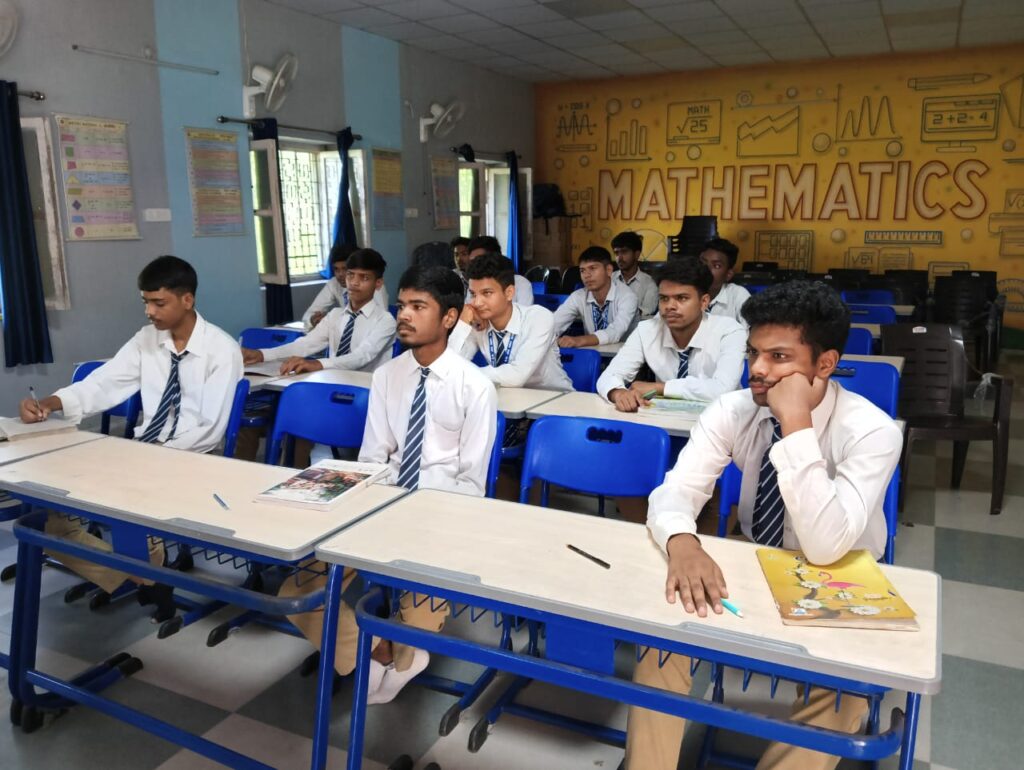
A virtual classroom is an online learning environment that facilitates teaching and learning through digital platforms, enabling teachers and students to interact, collaborate, and share materials in a live, synchronous setting. It replicates many elements of a traditional classroom in a digital format, making education more accessible and interactive.
Key Features:
- Live Interaction: Real-time communication via video conferencing, chat, and audio allows direct interaction between teachers and students.
- Interactive Tools: Includes online whiteboards, live polls, MCQs, quizzes, screen sharing, and breakout rooms for group activities and discussions.
- Content Sharing: Teachers can upload and share presentations, PDFs, assignments, videos, and links instantly with all students.
- Recording of Sessions: Most virtual platforms allow session recording, so students can revisit the lectures for revision or if they missed the live class.
- Digital Attendance & Tracking: Automatic attendance marking and performance tracking tools help monitor student progress effectively.
- Integrated Assessment Tools: Built-in tools for assignments, grading, and instant feedback enhance the learning experience.
Benefits: - Flexibility: Learners can attend from any location and sometimes view lectures at their own convenience.
- Accessibility: Ideal for students in remote or rural areas, providing equal learning opportunities across geographies.
- Cost-Effectiveness: Reduces the cost of commuting, infrastructure, and printed materials.
- Personalized Learning: Teachers can provide customized resources and one-on-one doubt-clearing sessions.
- Safe and Inclusive Environment: Encourages participation from shy or introverted students who might hesitate in physical classrooms.
- Environmentally Friendly: Reduces the carbon footprint by minimizing travel and paper usage.

